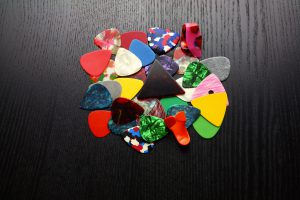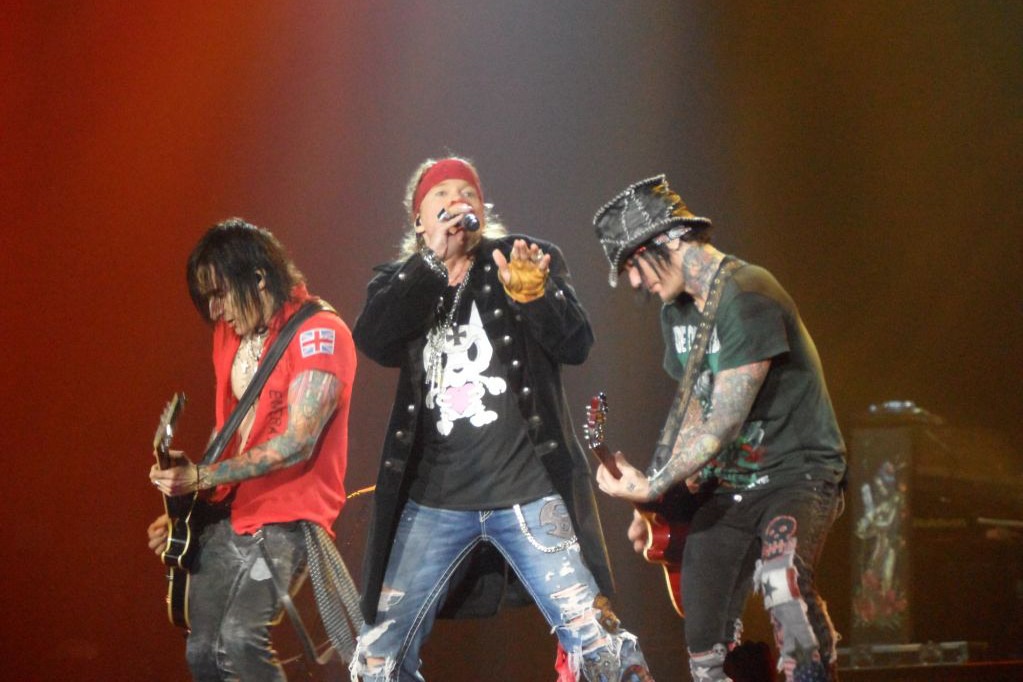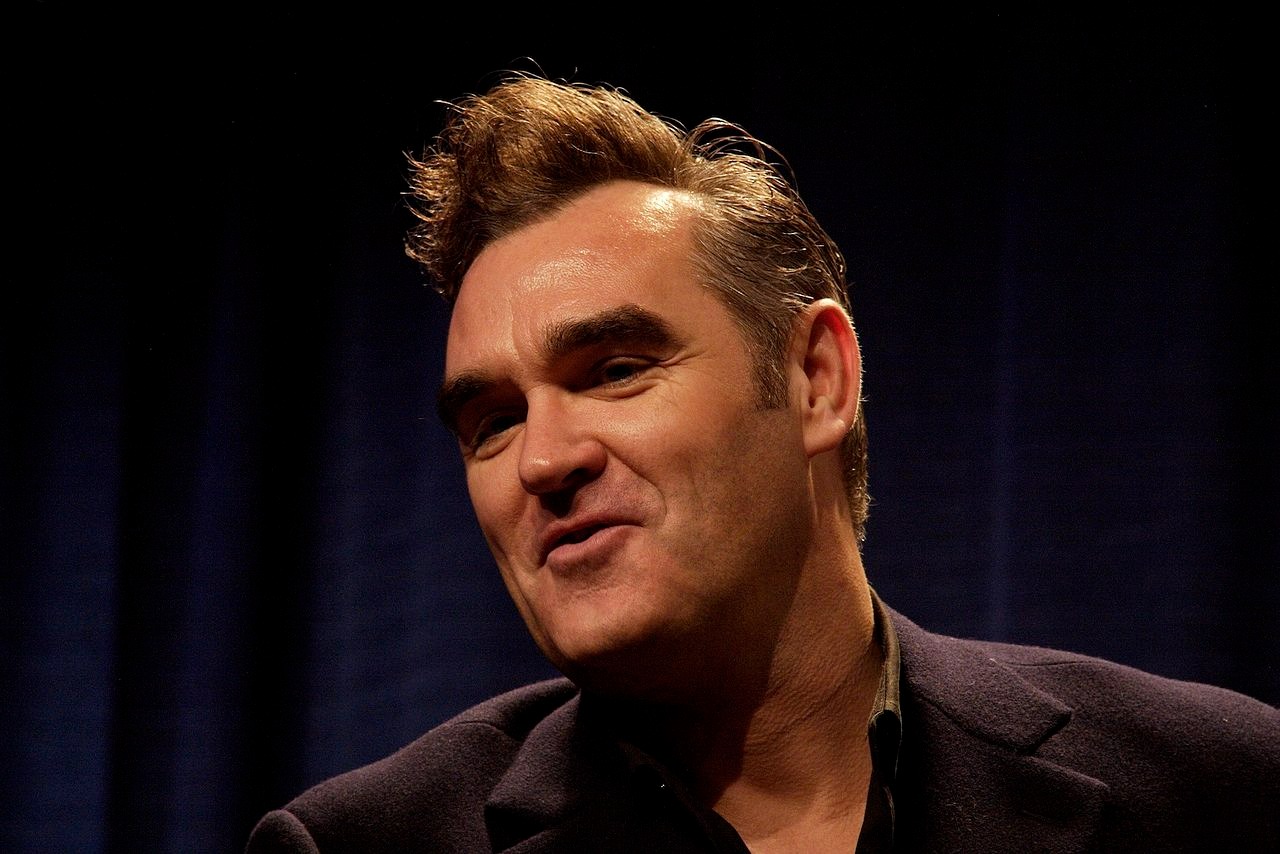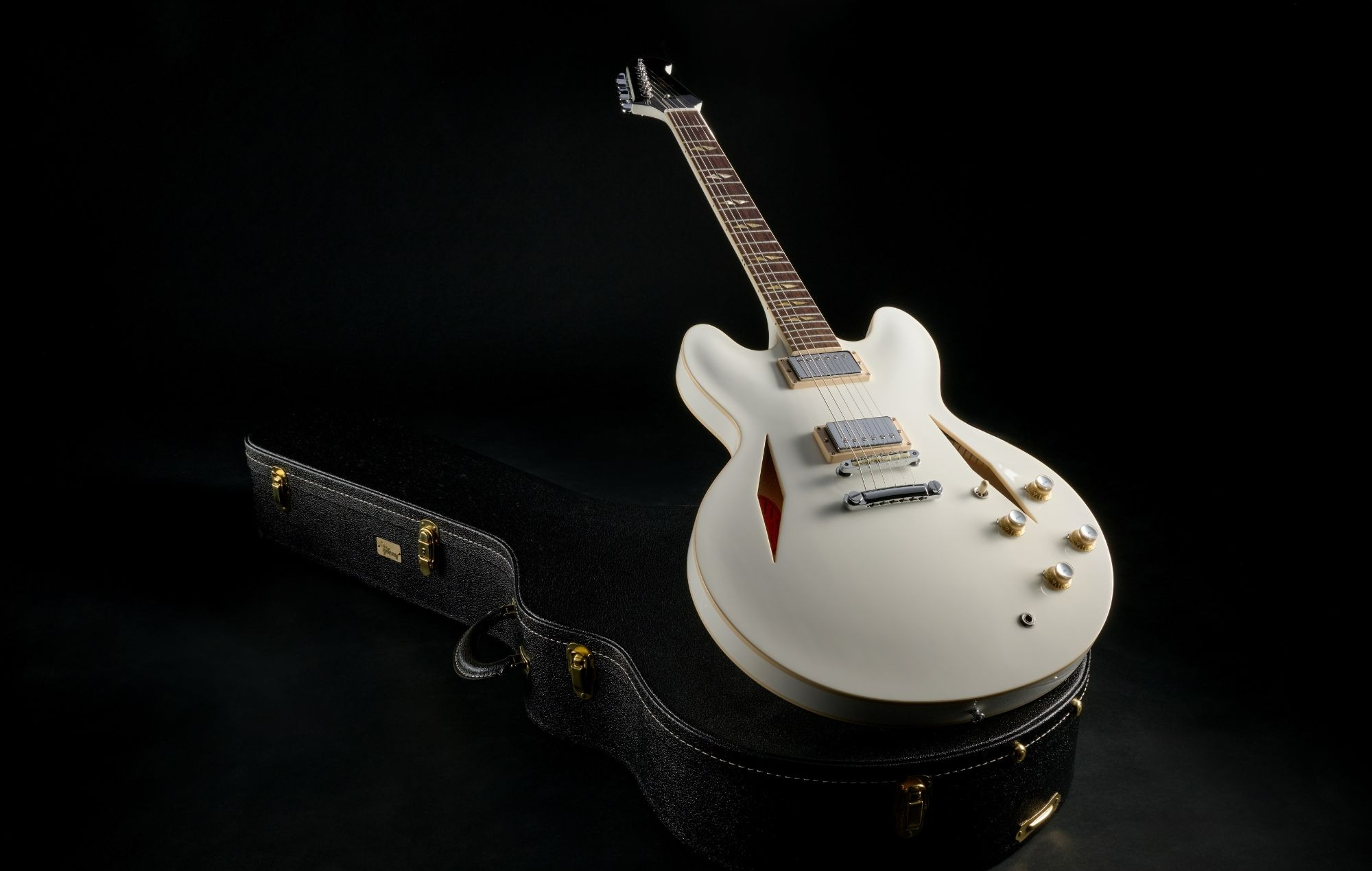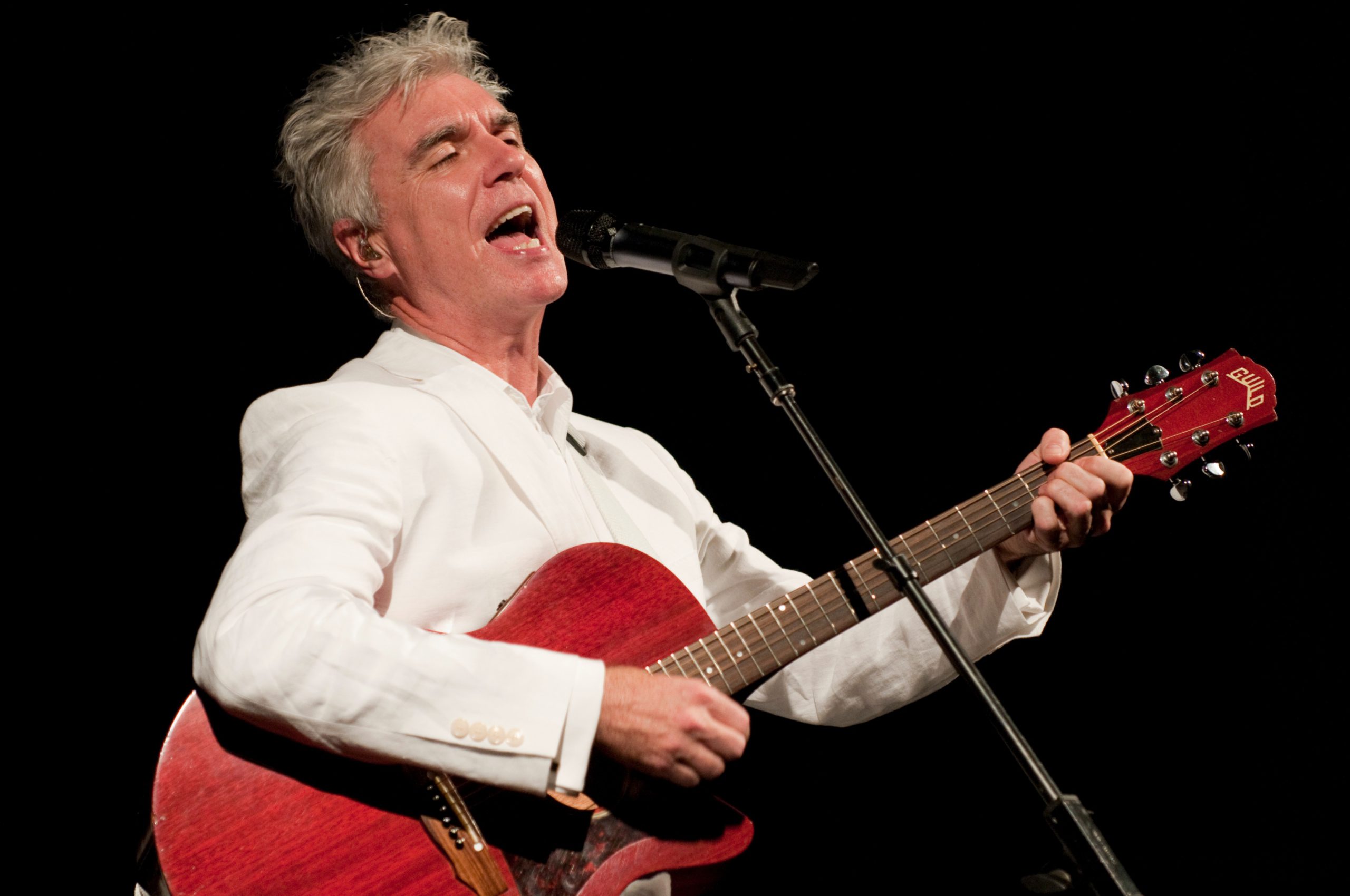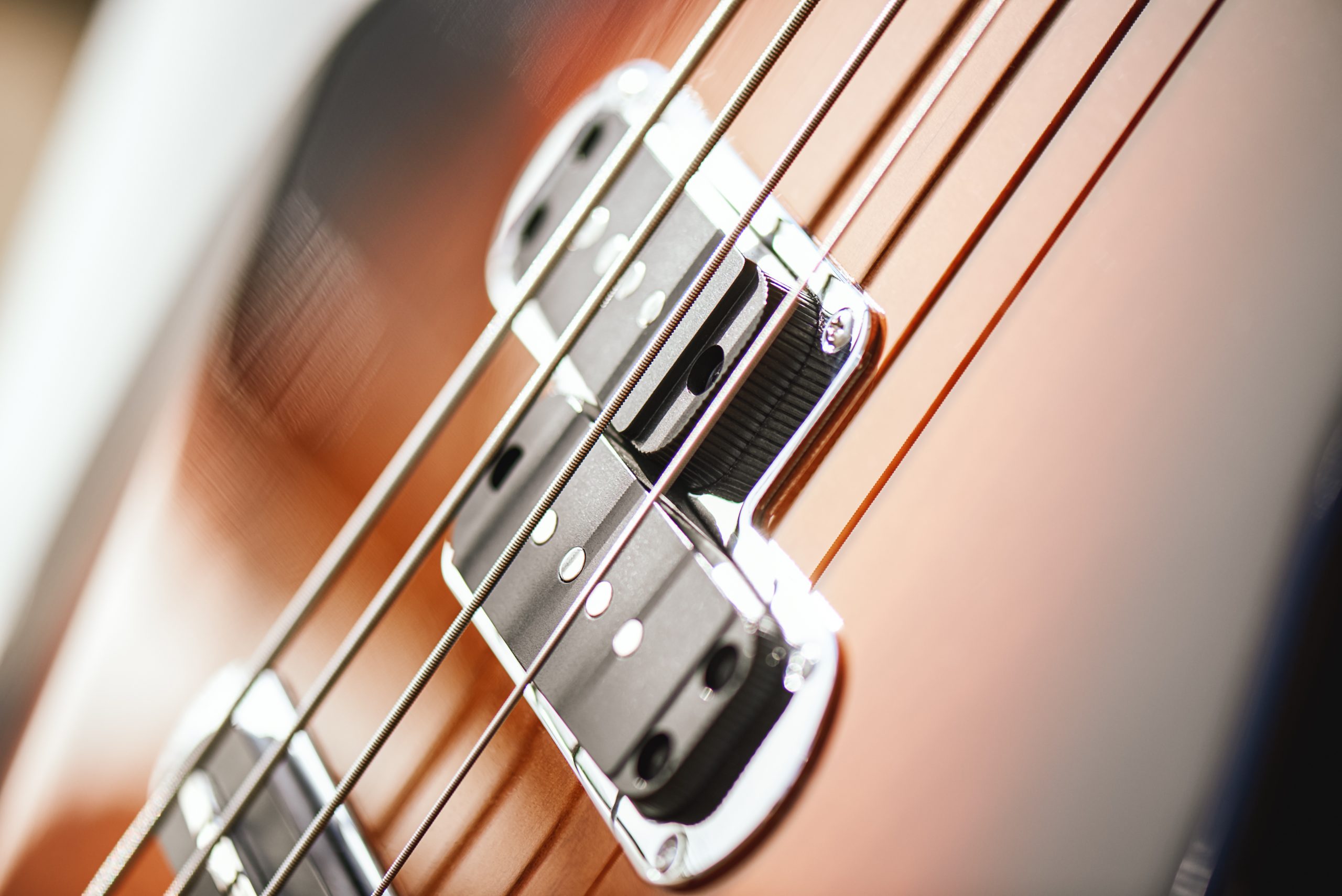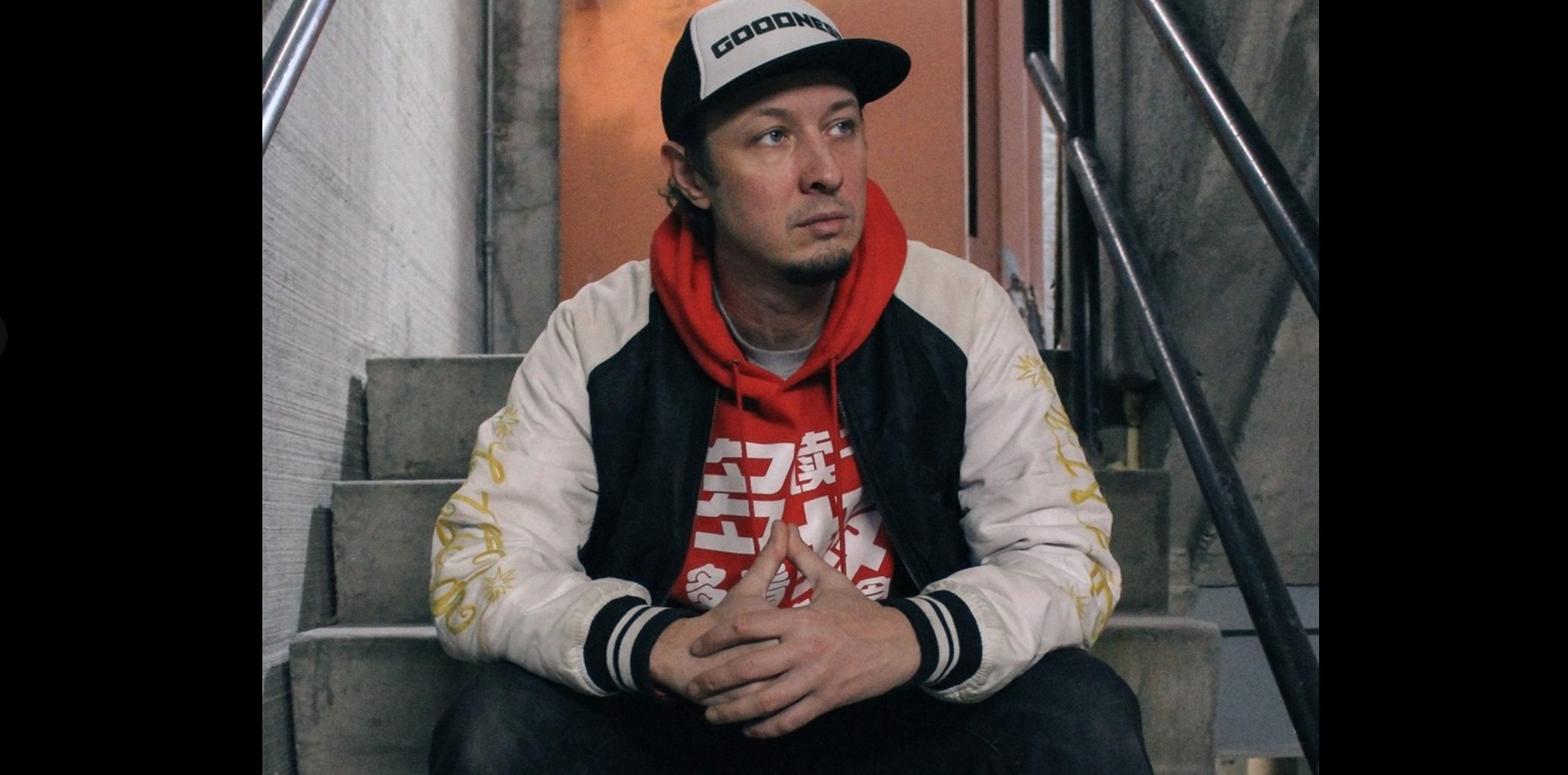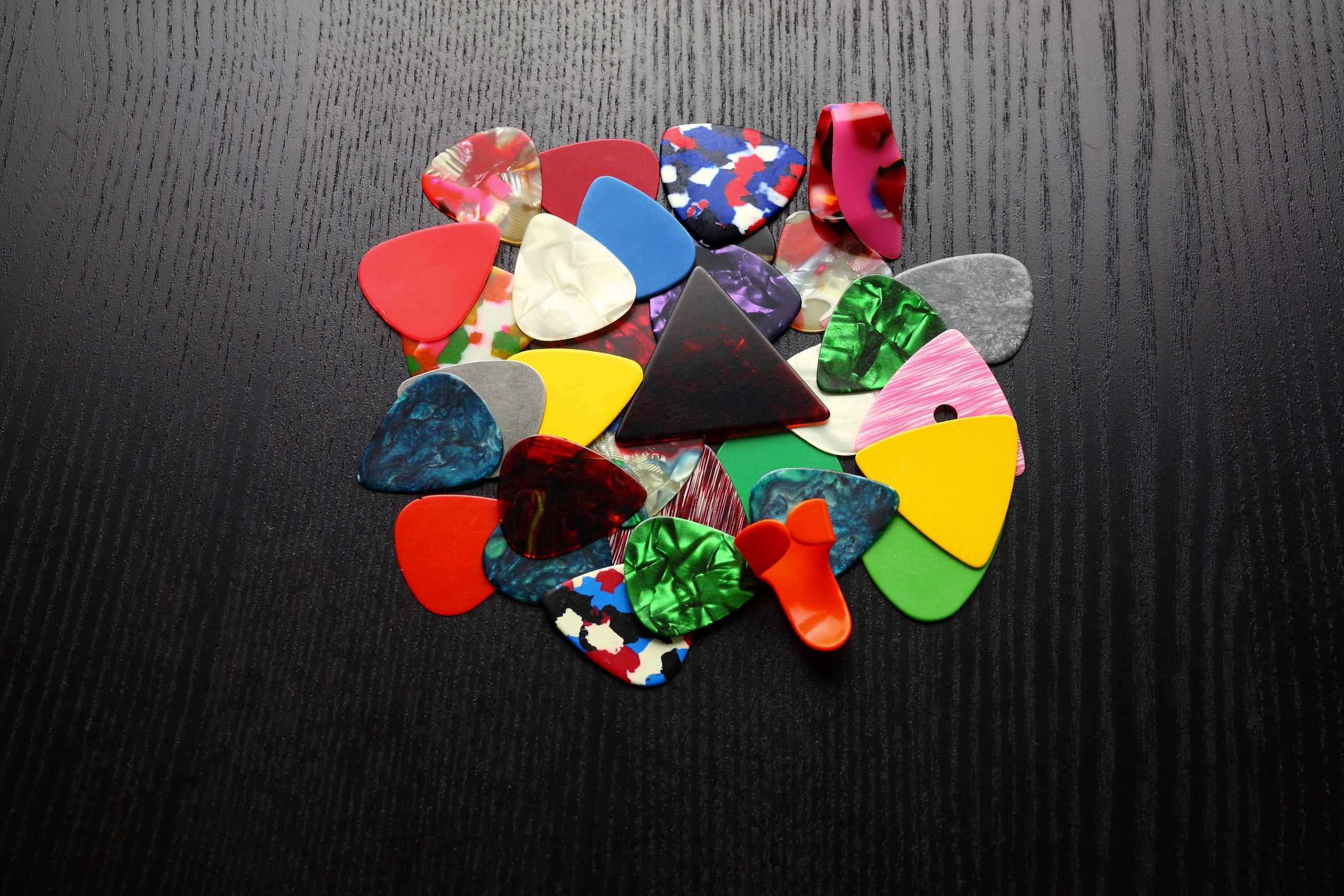Stadium dreams don’t typically require sacrificing hometown crowds for two years. But Jelly Roll‘s announcement at Bridgestone Arena carries the weight of someone who understands timing matters more than instant gratification.
The Nashville native told his sold-out crowd this would be his last local show until 2027. His target? Opening the new Nissan Stadium as its first musical act. “I want to be the first act to play Nissan Stadium, when it opens in the spring of 2027,” he declared to fans who immediately grasped the significance.
His recent Stagecoach 2025 performance proved he can command festival crowds across genres, but controlled venue acoustics offer advantages that outdoor stages can’t match. Three sellouts at Bridgestone Arena in recent months proved Jelly Roll commands Nashville’s attention. But arenas hold 20,000 people. The new Nissan Stadium seats 60,000 under a dome that transforms outdoor shows into controlled acoustic environments.
This isn’t typical artist patience. Moving from arena headliner to stadium opener requires calculated risk—like waiting for The Last of Us Part III instead of settling for mobile game spin-offs. His current slot supporting Post Malone on the Big Ass Stadium Tour provides perfect preparation for venues this size.
The numbers support his confidence. His genre-blending approach attracts audiences across country, hip-hop, and rock demographics. These factors create the broad appeal stadium shows demand.
Two years feels like musical eternity in streaming culture—longer than the gap between Marvel phases, with similar anticipation-building potential. Artists typically flood markets with content and shows. Jelly Roll’s approach mirrors album cycles from decades past, when scarcity created demand rather than oversaturation killing interest.
His management team at Left|Right and CAA representation understand this gamble. Miss the stadium opportunity, and you’re waiting years for another shot at this scale. Nail it, and you’ve cemented legacy status in Music City.
Concert economics support the strategy too. Stadium shows generate revenue that sustains careers differently than arena tours. One successful stadium date can equal multiple venue runs. Looking at The Top 30 Biggest Concerts Ever Performed, stadium shows consistently generate the career-defining moments that separate superstars from touring acts.
Whether this calculated pause pays off depends on factors beyond Jelly Roll’s control. Stadium scheduling, competing artists, and venue politics all influence these decisions. But his willingness to bet two years on this dream shows conviction that typically precedes career-defining moments.





